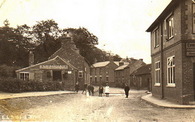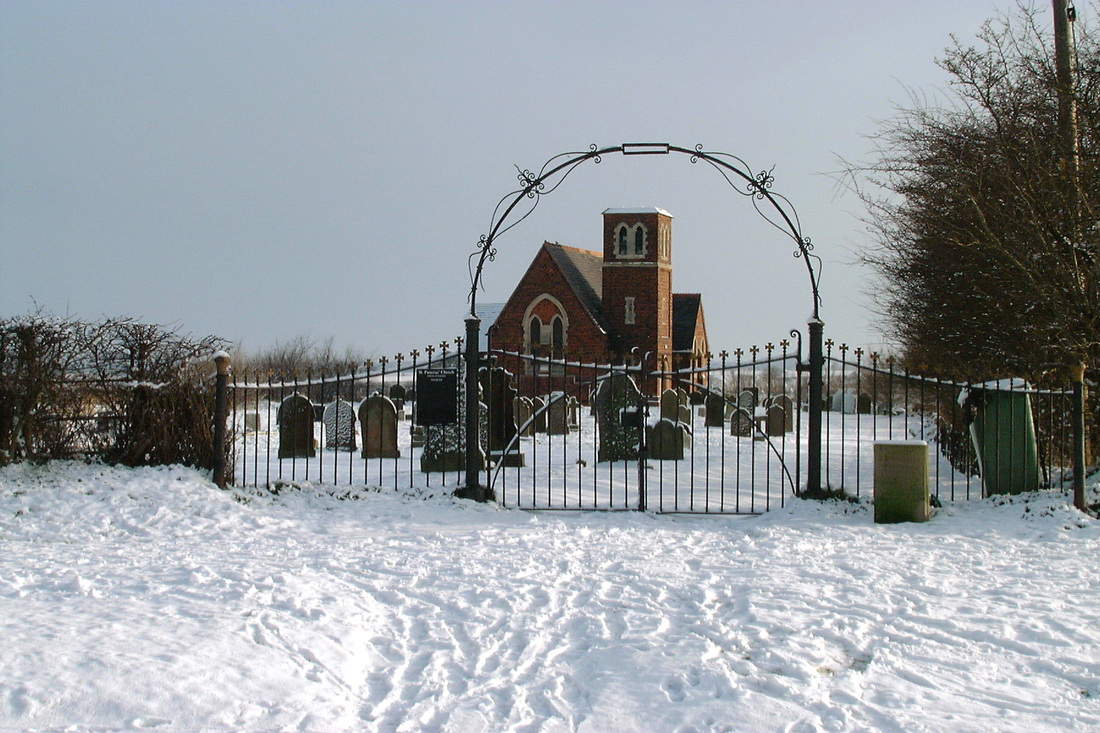WrootWroot or Wroote, as it has sometimes been written, stands isolated at the edge of the Isle. Not so isolated as when it was an island, but still out of the way even today. An explanation given for the village’s name is that it was derived from the Old English ‘Wrot’ (meaning ‘a snout-like spur of land). It stands on rising ground, now surrounded by flat fields and famous in past days for rhubarb and celery growing. Before the drainage it could only be reached by boat. In a deed of Roger de Mowbray early in the reign of Henry II, he left all his possessions at Wroot to God and the monks of St. Mary at York. In 1411 Hugo de Waterton, Lord of the Manor of Wroot married Ellen, daughter of Robert Mowbray. It was confiscated by Henry VIII and later Charles II sold it to Vermuyden. Later the property passed into the hands of the Harvey family. The church of St. Pancras was rebuilt in 1794 and again in 1879 and incorporates portions of the 14C church. John Wesley was curate at Wroot for two years from 1728. In the 1800s, Wroot had both Wesleyan and Primitive Methodist chapels, but what remains today is Wroot Methodist Church, which was constructed in the latter part of the 19th Century.
In 1826 there were no more than 54 houses with a population of 285. Kelly's Directory of 1885 recorded a population of 356 in a parish area of 3,246 acres, in which the chief crops grown were wheat and potatoes. One of the principal landowners was the Hatfield Chase Corporation. There were eighteen farmers, a wheelwright, shopkeeper, blacksmith, shoemaker, grocer, and a collector of rates. The grocer was also a provision and tea dealer and confectioner. An omnibus linked the village to Doncaster market weekly. There was a Primitive Methodist and a Wesleyan chapel, a post office, and a public house, the Cross Keys. The parish church of St Pancras, rebuilt in 1879 on the site of an earlier church, held 100 people. The village school, which held about 100 children, was also built in 1879 on the site of a former Free School, founded and endowed in 1706 by Henry Travis.
Henry Travis of London provided in his will endowments for the establishment of three schools, one each in Hatfield, Thorne and Wroot parishes, to provide instruction in English, Church catechism and Christain religious principals. Children were to be selected for the schools by parish parsons and churchwardens. The endowment was administered by nine trustees, and a schoolmaster was to be employed for between eighty and ninety pounds per year. |
Weather Wroot
|

|
|





